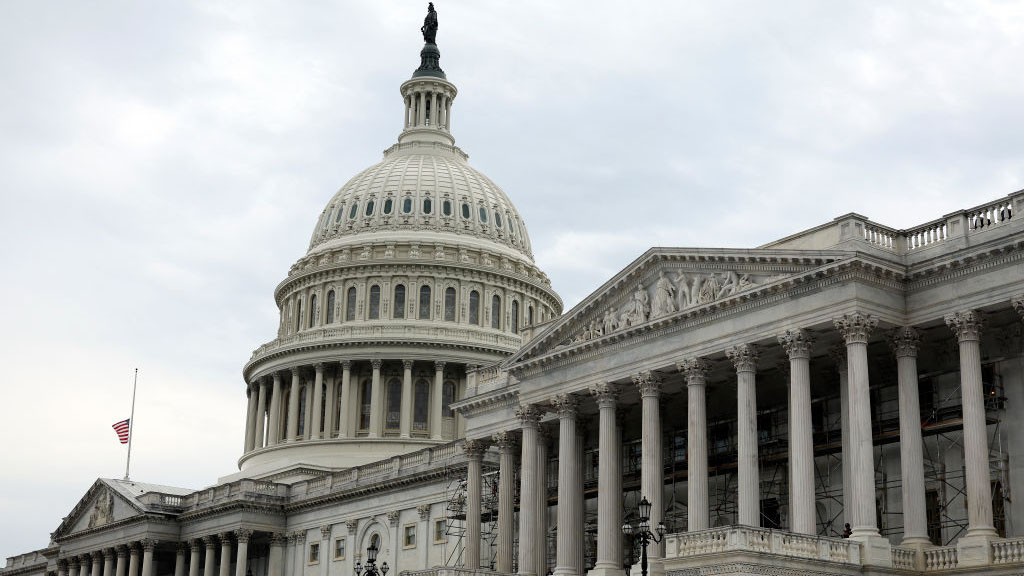The Affordable Care Act aims to make health insurance reasonably priced, so that it's within reach of anyone who's eligible.
That's why the law offers a generous amount of federal subsidies, mostly in the form of tax credits.
The stakes are high: the Obama administration wants tens of millions of Americans to enroll, and the more tax credits, the more likely people will participate.
The tax credits will generally be available to people who don't have affordable coverage from an employer, who aren't eligible for Medicaid and whose household income is less than four times the federal poverty level (about $46,000 for a single person and $94,000 for a family of four). The higher the income, the lower the credit.
Applications are available through each state-based online insurance exchange.
The tax credits are determined by a formula that takes into account a "benchmark" premium where an applicant lives and a sliding scale that caps how much someone at a certain income level will pay for that premium. At the lowest end of the scale, an individual or household at the federal poverty level ($11,490 for a single person and $23,550 for a family of four) will pay 2 percent of their income for that benchmark premium, and those at the highest end, four times the poverty level, will pay no more than 9.5 percent of their income.
The tax credit is calculated by taking a person's benchmark premium and subtracting the dollar amount of that the person's cap.
U.S. & World
The day's top national and international news.
There is no obligation to use that credit on the benchmark premium. It can be applied to any level of coverage offered in a state exchanges — cheaper or more expensive.
Once approved, the tax credit will be paid directly to insurers to reduce the premium's cost.
In addition to the tax credits, the Affordable Care Act also provides an additional benefit for individuals or families at or below 250 percent of the poverty level. This benefit is known as cost-sharing, and it aims to reduce what low- and moderate-income enrollees have to pay out of pocket when they visit a doctor.
Taken together, the tax credits and the cost-sharing subsidies could cut thousands of dollars from recipients' bills.



